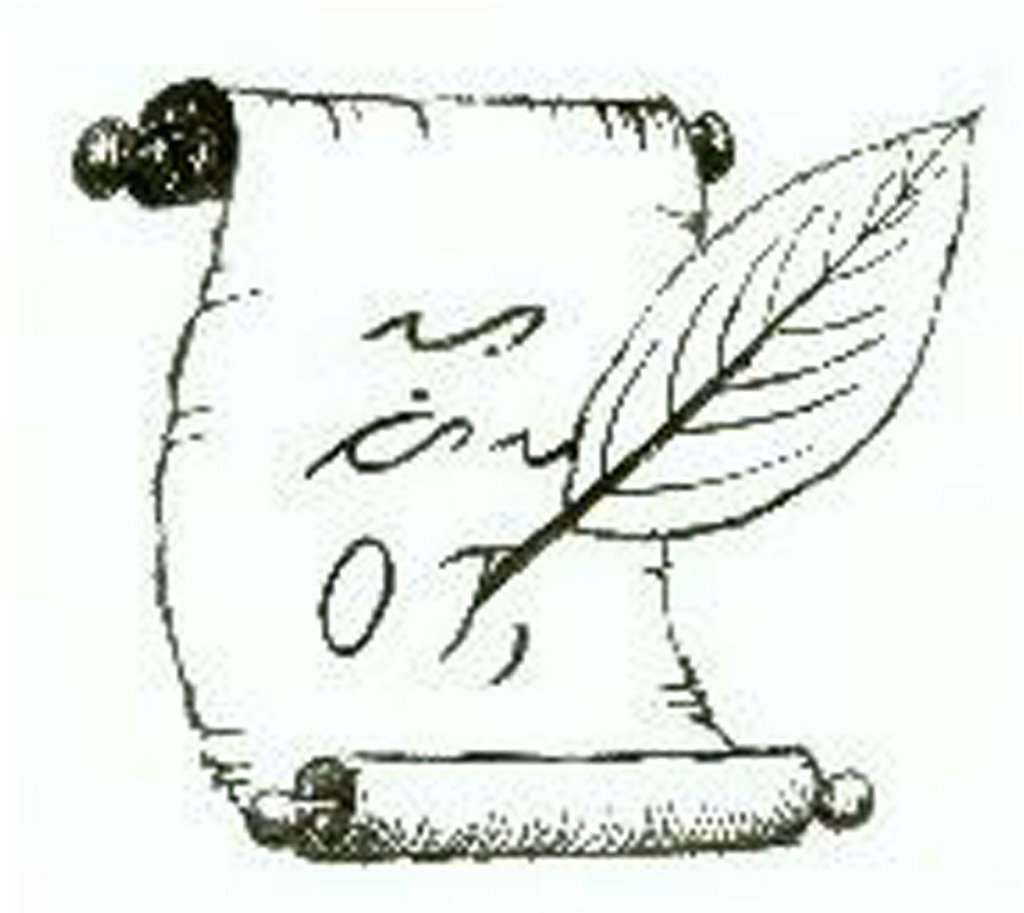Burden of Proof
A PERSON HELD liable by the court of public opinion of a crime that he could not have really done, but was incriminated because it appeared that he was the one who had enough motives to authorize the crime, has a harder task of clearing his name than the one who faces a formal charge in the court. The masses deliver their verdict based on the perception they develop from their observations and from the information that circulates in public, not from the conventional evidence sought by the court. To win in the court of public opinion, the battle must be fought and won in the hearts and minds of the people. Winning the battle is the business of PR specialists and not of lawyers. It’s a warfare waged through information or disinformation.
When Dong Batul was slain last May 22, Mayor Edward Hagedorn became the easy suspect of the public who had followed their long running political quarrel. Being the staple menu in Batul’s commentaries since the broadcaster started his glorious career, Hagedorn had expected that the blame would be passed on to him. However, many of Batul’s media colleagues do not believe that the mayor was behind the murder. Besides, the mayor’s behavior in the face of terrible controversies in the past, weathering them without resorting to violence, made him the last suspect in the crime.
But this opinion is now fading fast due to the recent actions attributed to the mayor’s lackeys, who may have unwittingly raised clouds of suspicion on the mayor’s supposed innocence with regard to Batul’s murder. Surveillance of people close to Batul, harassment of uncompromising journalists by mercenary media practitioners, and other desperate moves to redeem the administration from adverse public opinion are actually doing more harm than good. The mayor’s inept local PR machinery has compounded things further. As we all know, radio station DYER (its former name DYEH carried Hagedorn’s initials) is under the control of the mayor’s family and therefore, it is just a natural conclusion that its employees are getting orders from the mayor.
For a month now, Louie Larrosa has been challenging Bandillo ng Palawan to produce proof that he implicated us in the Free Palawan Media website. Why, if he has been consuming enough amount of iodized salt, he could have easily proven to the public that Bandillo ng Palawan is wrong just by playing his recorded discussion on said website! That is, if his illegitimate station is operating in the manner of the stations licensed with the National Telecommunications Commission, and if he will play a tampered tape. The burden of proof rests with DYER, not with Bandillo ng Palawan; they should be the one justifying themselves to the public, not us. We said they are harassing us and we have proven that with the tapes of their broadcasts; they said we are lying and have asked us to prove that we are not lying. Whew! More iodized salt, please! Mayor Hagedorn has to be aware now that Louie Larrosa is actually a liability; his incompetence in handling the issues detrimental to him is making him more unpopular.
Suing a journalist for libel for publishing a “white paper” that in truth is just a summary of the theories on Batul’s murder circulating all over the city, and the personalities suspected by the public, will not help either. The mayor may succeed in putting that journalist behind bars, but out in the open, thousands of people harbor opinions similar to what was published by that journalist. Will the crippling of the messenger—the journalist-- revoke the impact spread by the message he published? Will it dispel the suspicion harbored by a great number of people towards him as the possible mastermind of the murder? The harm is not caused by the messenger but by the message; therefore, the mayor’s job should be the debunking of the message and not of the messenger, if he really wants to save his reputation.
The best way he can do this is to stop behaving as if he is guilty of Batul’s murder.
Editorial published in the July 10-16, 2006 issue of Bandillo ng Palawan

